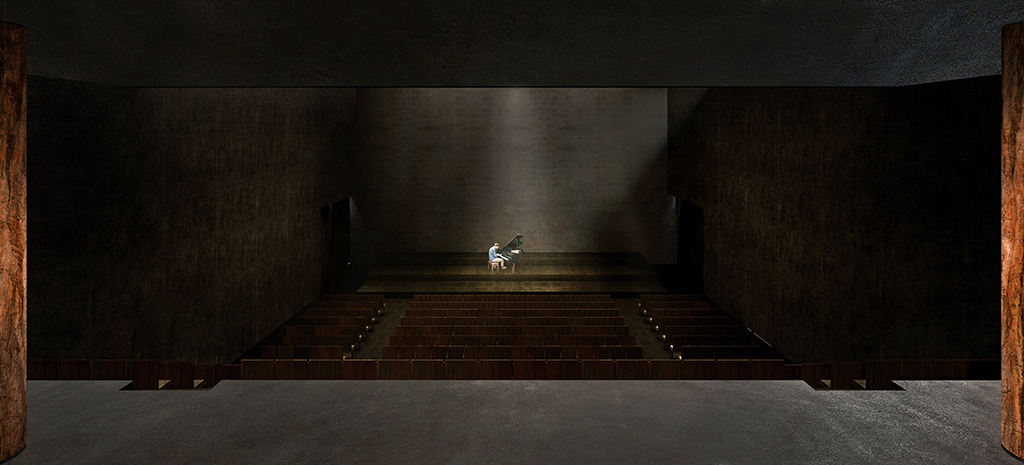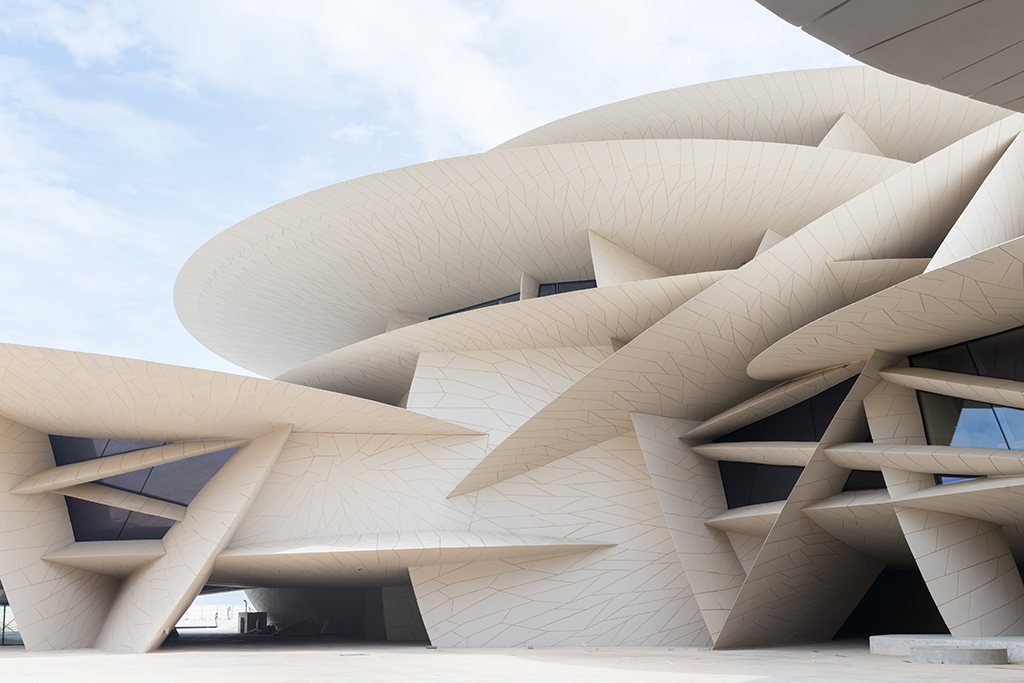Rudy Ricciotti : “In Brazil I find the territory of my ideas”
At the heart of São Paulo, the Cidade Matarazzo is planned for completion by 2020. The project aims to become São Paulo’s new symbol, and embody what its initiator Alexandre Allard calls “a gigantic pool of brazilianity”. Interview with Rudy Ricciotti, one of the many renown architects working on the project.
L’Architecture d’Aujourd’hui: Could you tell us more about the beginning of your involvement in the project?
Rudy Ricciotti: I was first involved in the Matarazzo project over issues relating to concrete and its implementation. Notably, we had to find technical solutions for the chemistry of the concretes used for Jean Nouvel’s superb tower. After being asked to carry out this advisory mission, I was commissioned for the 1,500-seat auditorium with its scenography and acoustics. On this occasion, I imagined a vast proscenium at the stage level and another one at the top of the stands to give the place a festive mood and a variety of uses. Walls will be covered in ancient recycled black leather and the 10-metre-long bar will be made of solid wood. A ’sex and rock’n roll’ atmosphere, perfect for the samba!
AA: You also operate on other sites at Cidade Matarazzo…
RR: Indeed. Alexandre Allard also asked me to work on the arts centre. To do so I had to deal with a listed 19th-century heritage building. My proposal strives to endorse this historic architecture, avoiding to alter this high-grade heritage. In short, we recycle the building… including the skin of the inside walls, all the layers that form it, its ageing, and even its graffitis. It is a way of acknowledging the historical value of the place. It is a new way of celebrating an heritage building’s architectural quality by associating historical and antiquity value. Last, I’ve been invited to work on a tertiary building, currently unfinished: curtain-walls, planters, overlapping slabs, staggered posts, in short a very international, Paris region style architecture. So I have to alter the whole ensemble, remove the planters… and think up something new. What could that be? Concrete creepers on the façade!
AA: Could you tell us more about these concrete creepers that spontaneously recall Brazil’s luxuriant vegetation?
RR: Luxuriant creepers, bewitching embraces! Three layers of 5 to 8-cm thick creepers. This entwining will echo Brazil’s exuberant nature. This proposal will combine the artificial and the natural. Now we have to study this conception’s technological feasibility, and to do so Romain Ricciotti and I are looking into high- performance fibre-reinforced concrete. There are many mechanical difficulties, including the concrete creepers being smothered by natural creepers in a distant future, because their twisting force is amazing.
AA: Is this idea realistic in Brazil’s industrial and technological context?
RR: In Brazil the use of concrete is as widespread as in France. However, they do not have the technical knowledge for BFUP implementation, whereas this technology actually exists in this country. Therefore, this project is based on an unprecedented transfer of skills, at a time when Brazil is in a difficult economic situation, prohibiting any kind of importation. With our help in transferring knowledge, Brazilian industrialists will have the means to gain new markets in Latin America. To do so we have already identify a factory based in São Paulo region, that will be able to develop this original know-how. So we are performing a trans- fer of scientific intelligence.
AA: Does this transfer of skills go hand in hand with your territorial conception of architecture?
RR: Indeed, I plead for a territorialised production, and the Cidade Matarazzo is based on the idea of resisting the disastrous effects of globalization on employment. The culture of concrete that we claim is a culture of proximity. This material fosters social cohesion based on local resources and proximity crafts. I also systematically defend territorialised skills, and all the materials used for this project will be Brazilian, including the BFUP. This is my political obsession and today São Paulo is offering me a place to concretise my convictions. This city allows to produce a skilled and territorialised formula for the implementation of concrete, the best Brazilian architects were already aware of it!
AA: What do you think might be the key learning of this project?
RR: Cidade Matarazzo is a machine for championing outstanding skills. I am sorry to see that French architects are not interested in this notion. Entire segments of the architectural production in our country are made out of imported materials. We then become work horses of industrialists whose factories are based in Turkey, India, or China. As well as proximity, I want to defend the memory that belongs to crafts. This subject is where my technical and aesthetic convictions converge. After all, I feel patriotic in France as well as in Brazil. We ought to recognise the value of all these memories and share wealth, but certainly not work with companies that loot our economy. I have been repeating this for forty years now and Brazil is where I find the territory of my ideas. Here aesthetic intuitions resists consumerist aesthetics. There is no such thing as the bar code as a form of voodoo or neurosis!
In this project, carried out by Jean Nouvel, Philippe Starck and others, I see technical challenges in the eld of stone, wood, metal, leather, fabrics or mirror. After several years of research, Alexandre Allard has brought together technical processes and the best craftsmen, French, German, Italian or Portuguese, so they may transmit their skills to Brazilian companies. 4,000 Brazilian craftsmen are working on this project at the heart of the country’s economic capital. Cidade Matarazzo is becoming the international showcase of Brazilian know-how.
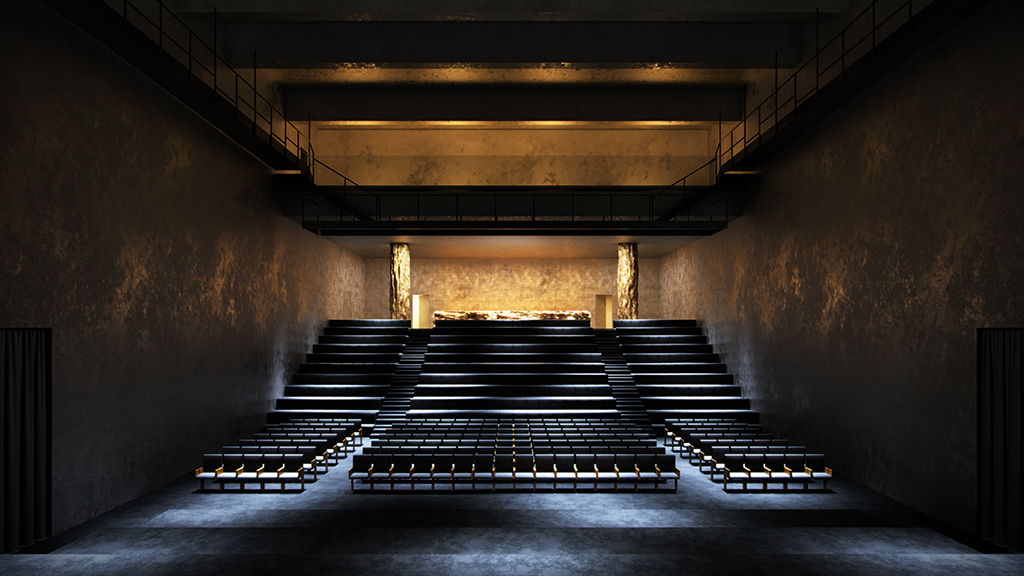
House of creativity programme. © Cidade Matarazzo
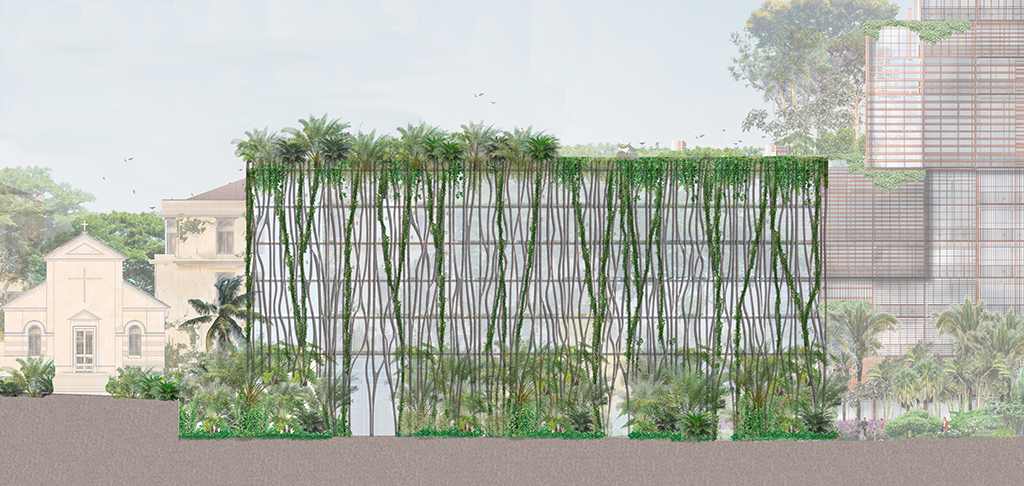
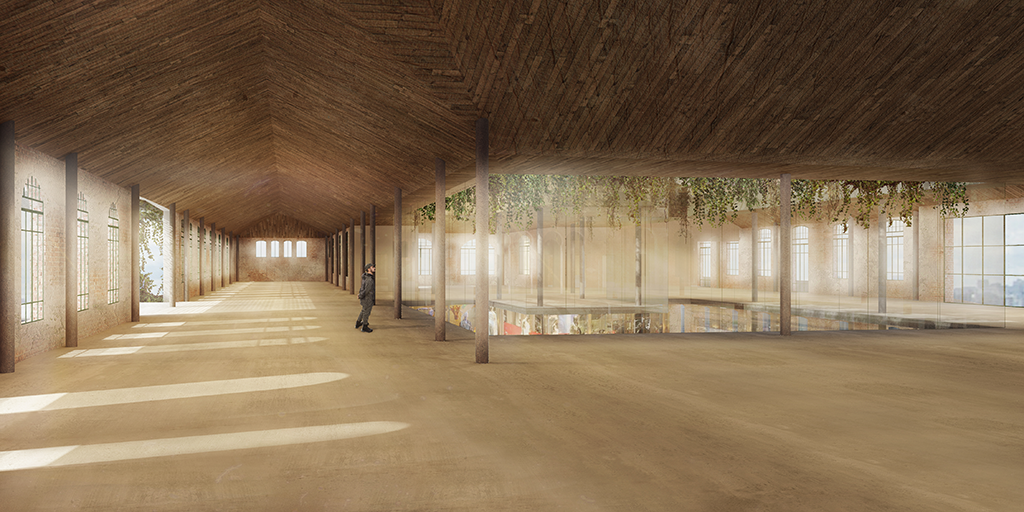
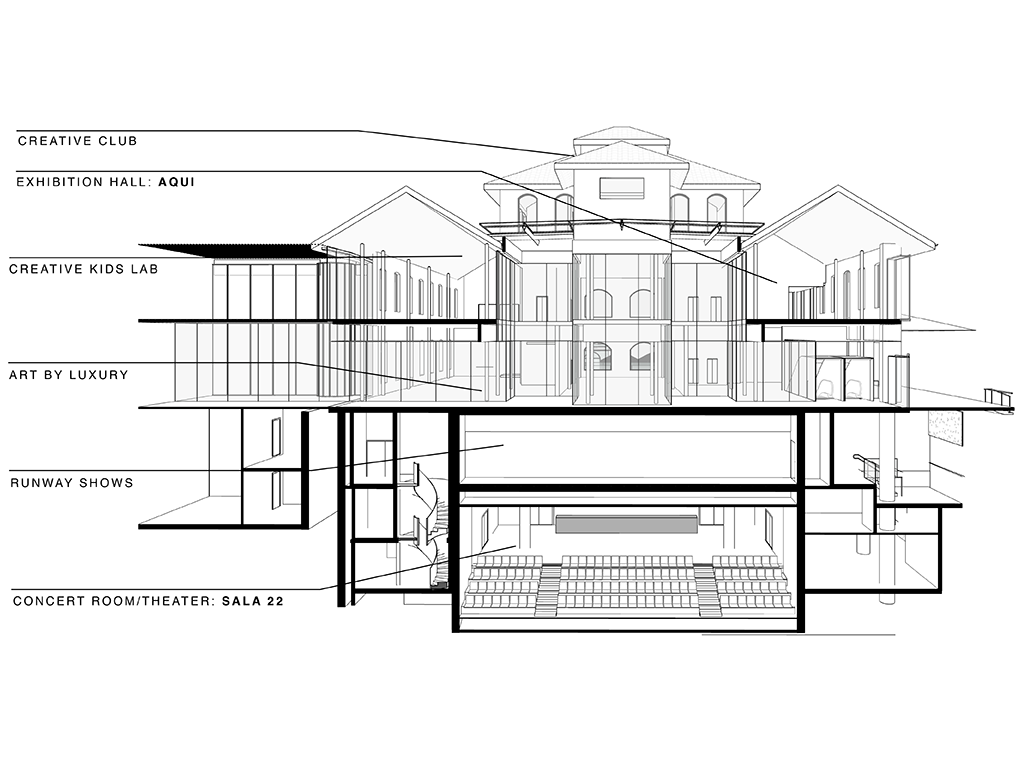
This interview with Rudy Ricciotti was originally published in AA projects “Cidade Matarazzo, urban recycling” released in March 2019 and available on our online store.

